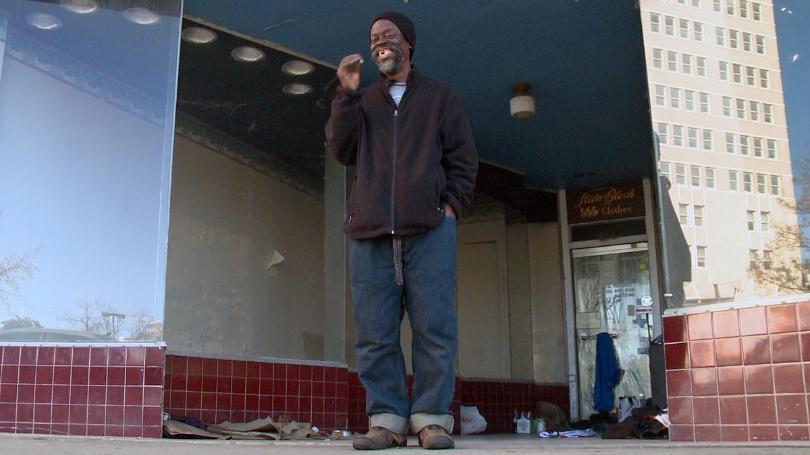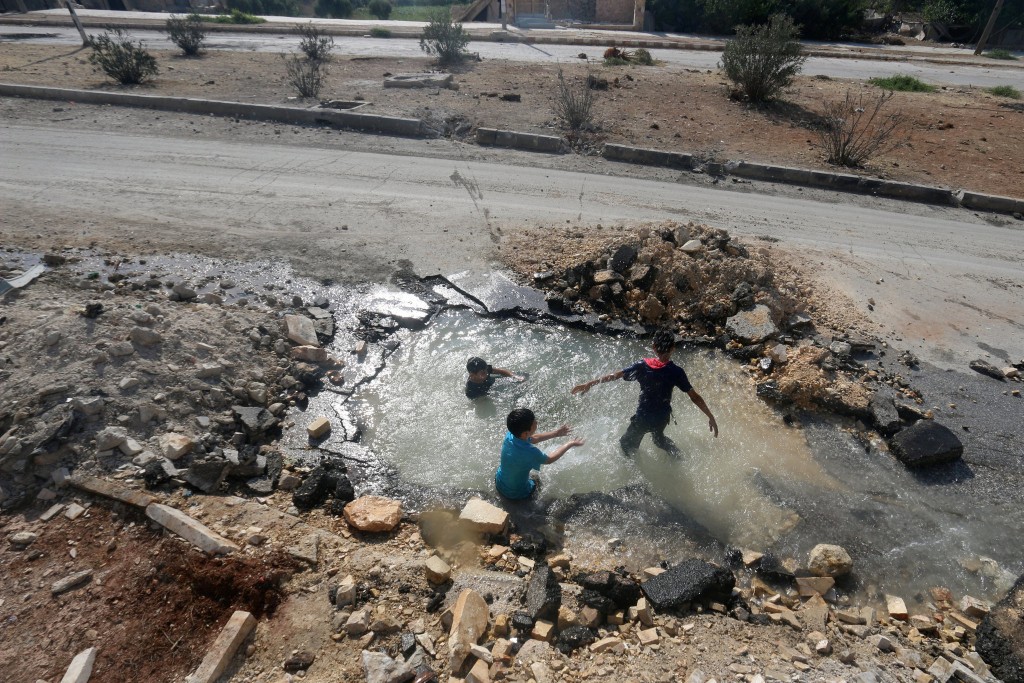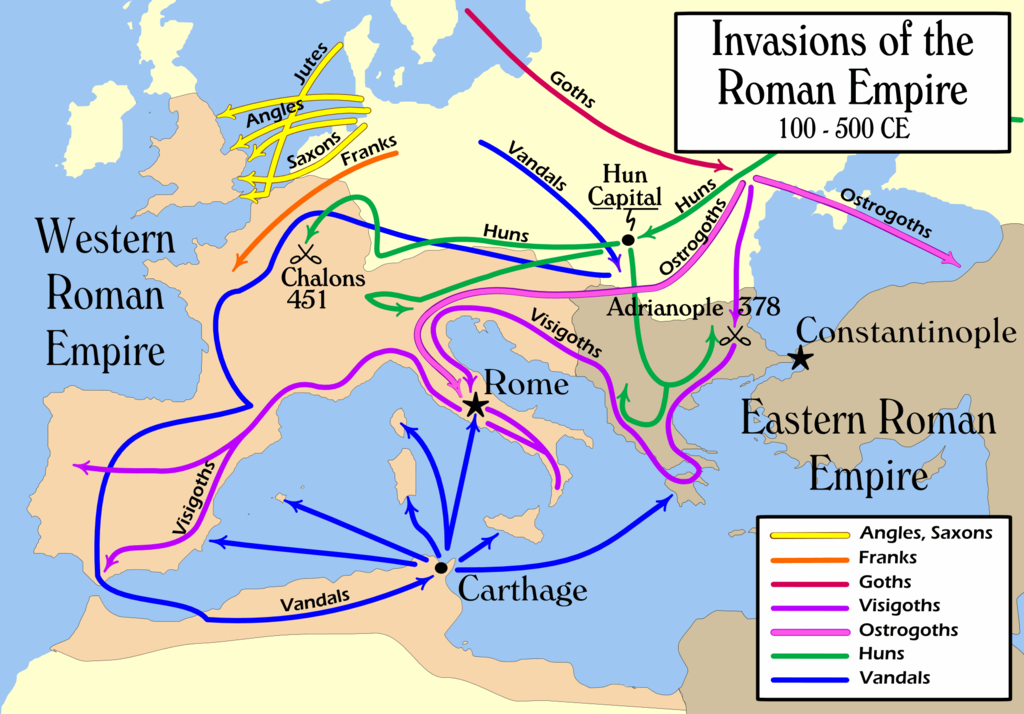
The phrase “Convention of States” seems to be making headlines more than usual, especially in Texas, but what exactly does it mean? It turns out it is not just another term you learned for your Constitutional Development class but a key part of the Constitution that ensures states maintain the right to check the power of the federal government and protect federalism.
When writing the Constitution, the authors wanted to ensure that states maintained the ability to amend the Constitution, so they included a clause in Article V that allows state legislatures to come together to propose amendments to the Constitution. It follows a similar procedure to the one that Congress uses when they want to amend the Constitution. The process goes something like this: thirty-four states (two-thirds) pass a resolution known as an application calling for a convention, states select delegates that will represent them at the convention (usually through an election), delegates attend the convention where they vote on and hopefully pass amendments, and said amendments are sent back to the states for ratification. For an amendment to become law it must be adopted by thirty-eight states. A convention deals only with one issue that the states have all agreed upon, such as limiting the power of the federal government.
Although a Convention of States has never occurred, every state except for Hawaii has applied at one point or another in time. However, last month the Citizens for Self-Governance sponsored a mock convention in order to get an idea of what a modern day convention might look like. The convention followed an agenda which proposed amendments to impose fiscal restraints of the federal government, limit the power and jurisdiction of the federal government, and create term limits for members of Congress and elected officials. Delegates who attended the convention broke into committees, which addressed these specific issues and drafted amendments pertaining to them. The amendments were debated and by the end of the four days there were six amendments ready to be sent back to the states for “ratification.” Ultimately, the convention was deemed successful and demonstrated that an actual convention would not erupt in political chaos the way some critics believe it would.
So, will an actual Convention of States happen? The answer is maybe. Currently, eight states have passed resolutions calling for a convention of states. Thirty states have considered it, and it is set to be debated in many states in the 2017 legislative session (including Texas). So while there is still a ways to go, the movement is gaining momentum. At a time when the federal government appears to be increasing its power and American politics is more chaotic than usual, it is a credible answer to many of the challenges the country faces. Regardless, it is too soon to write it off as impossible and stop exploring the idea.
Brittany Gamlen is a junior majoring in international studies.










